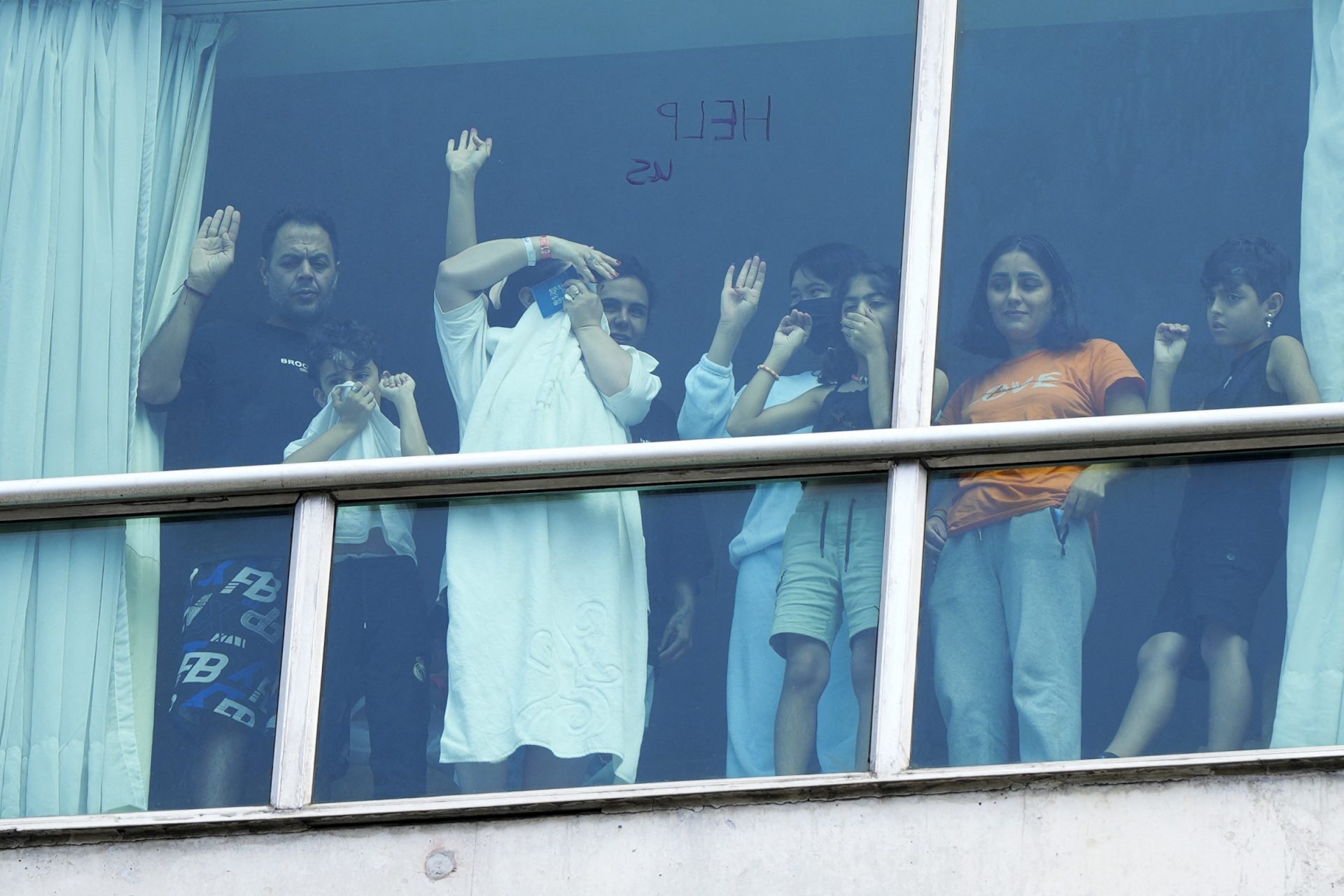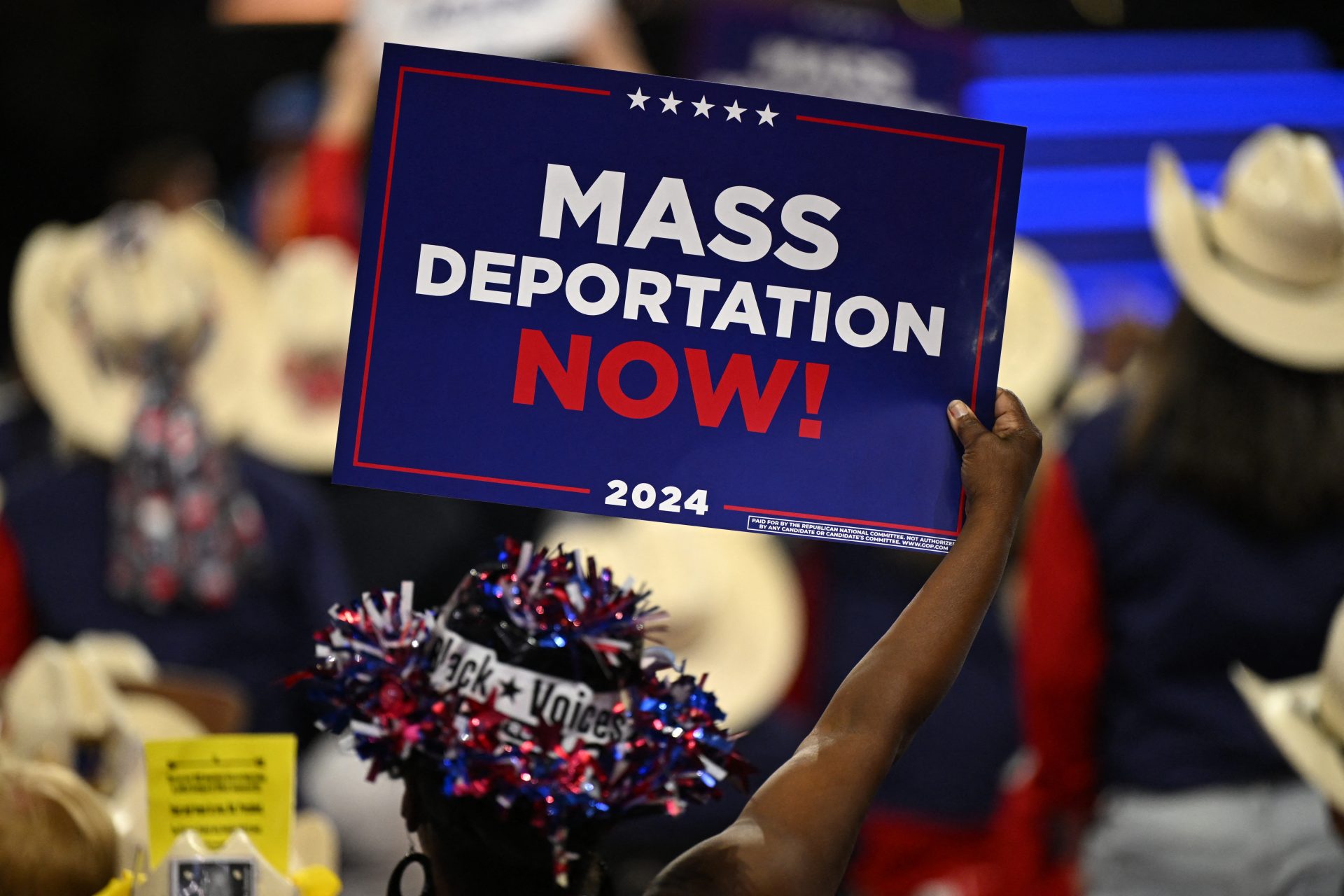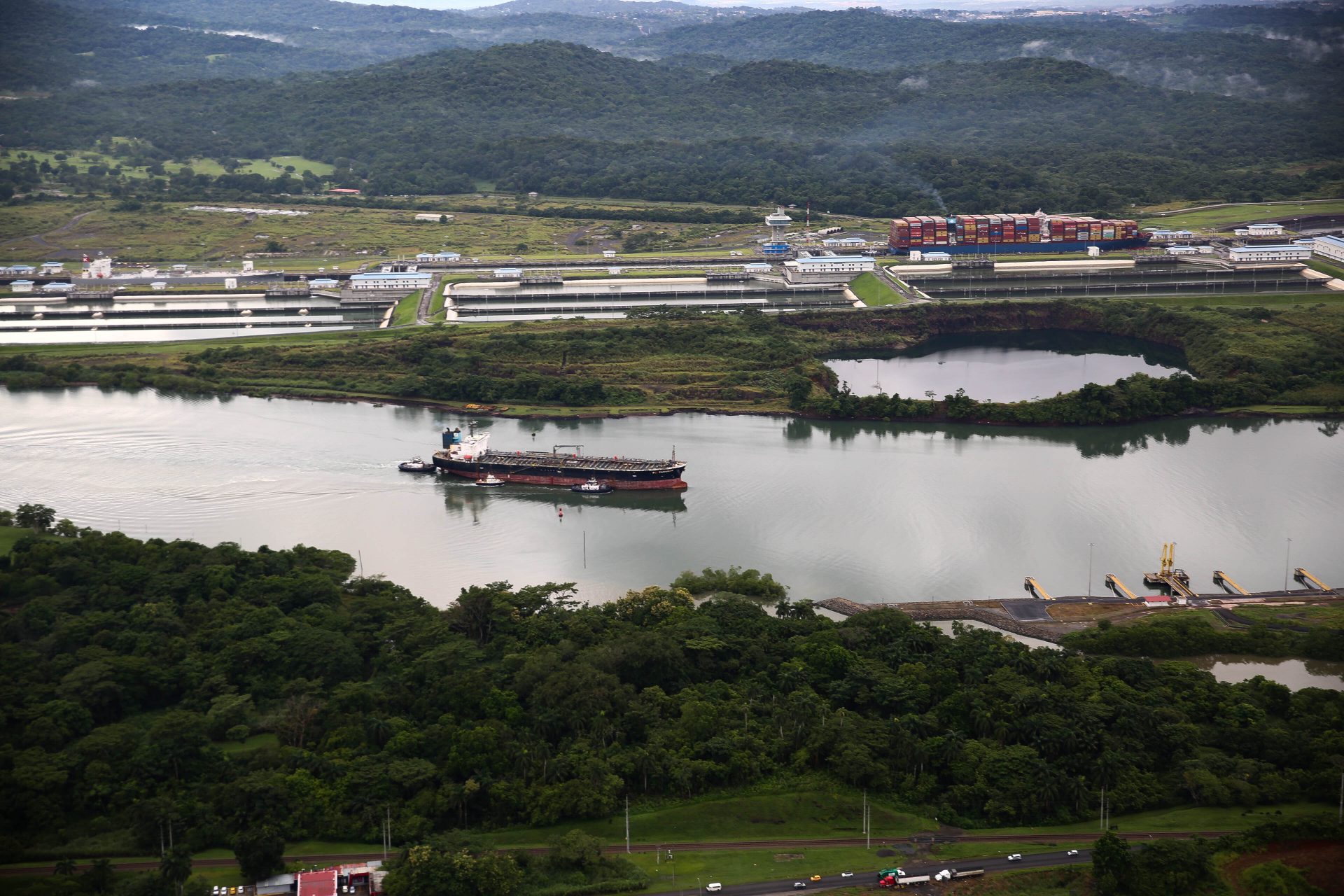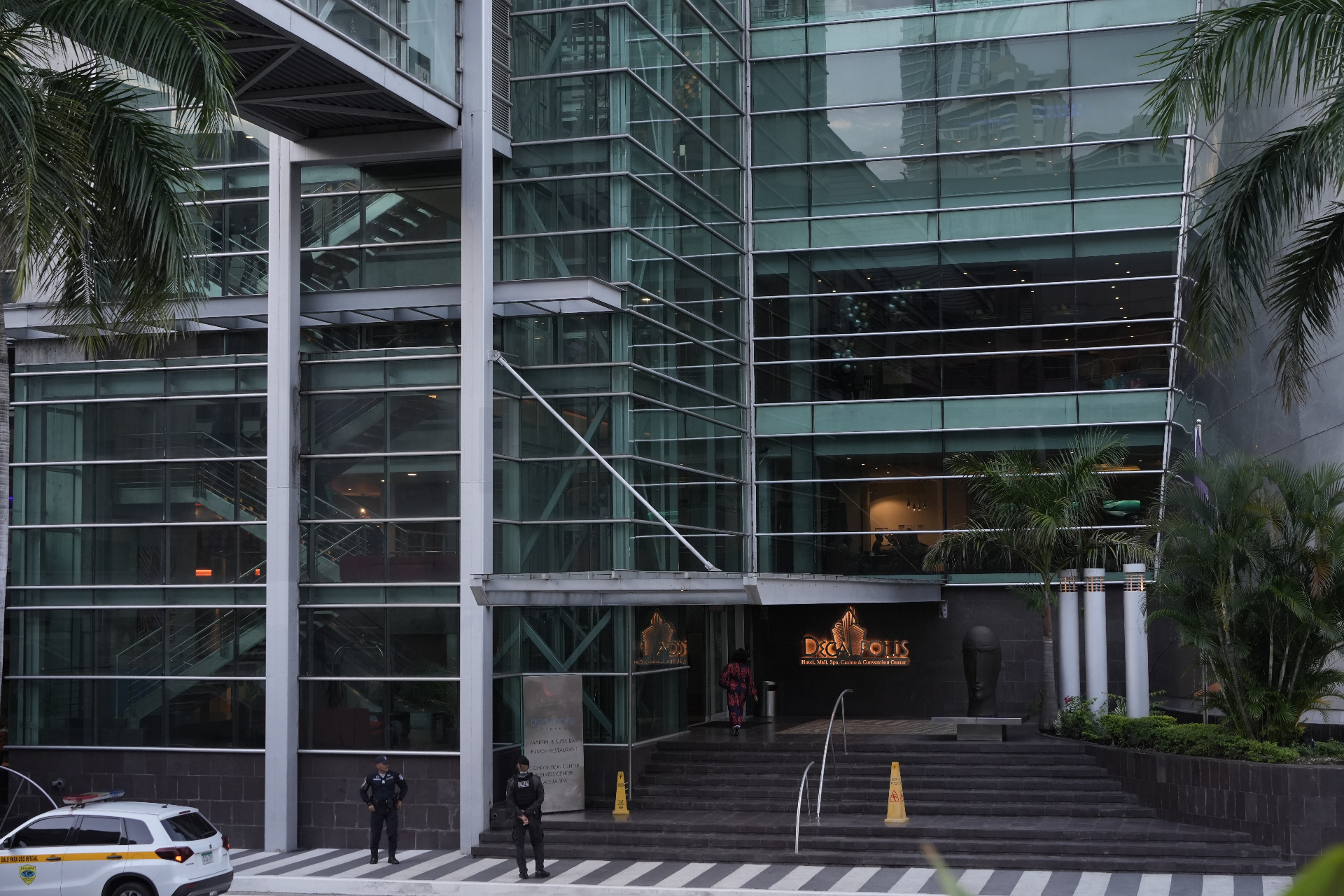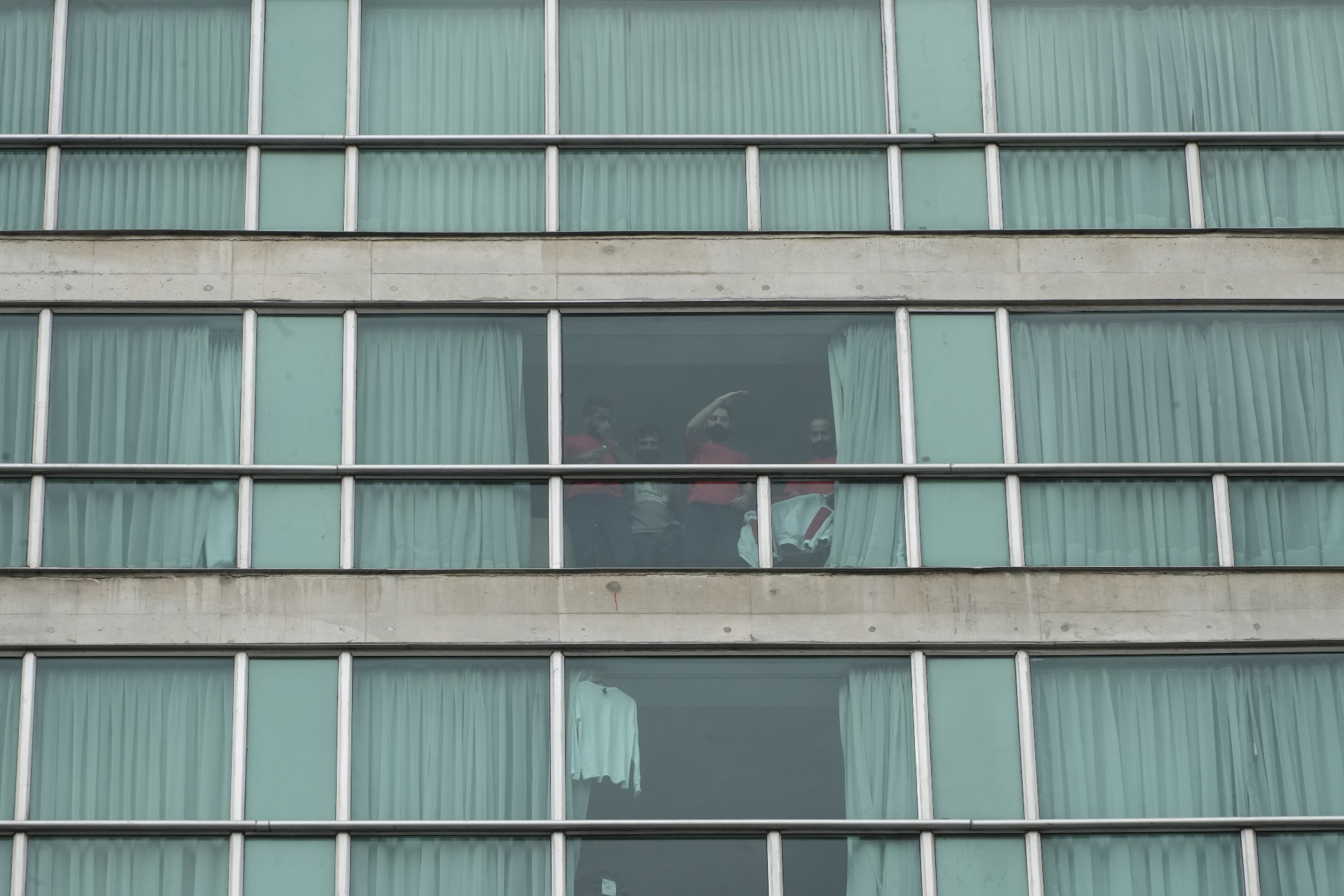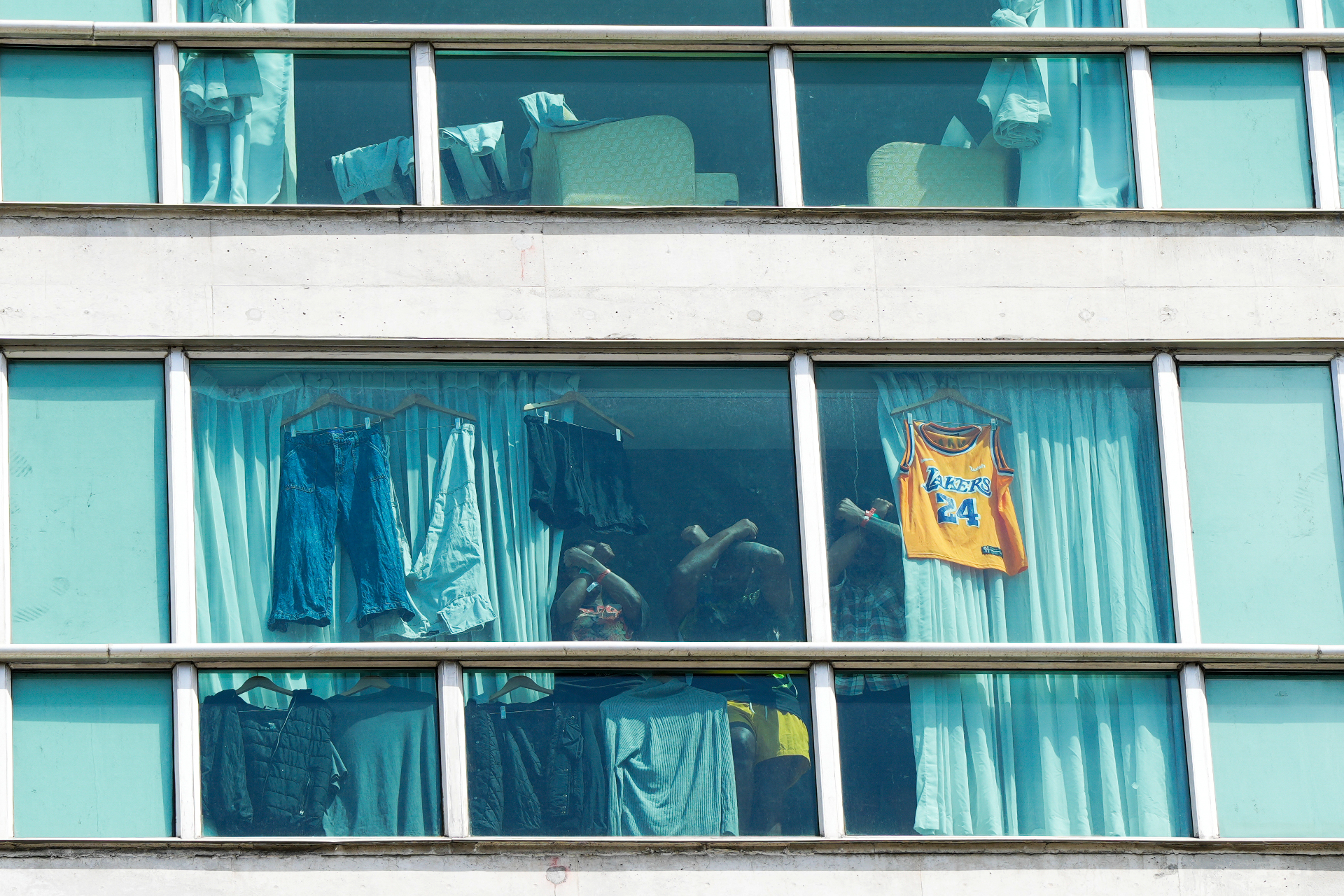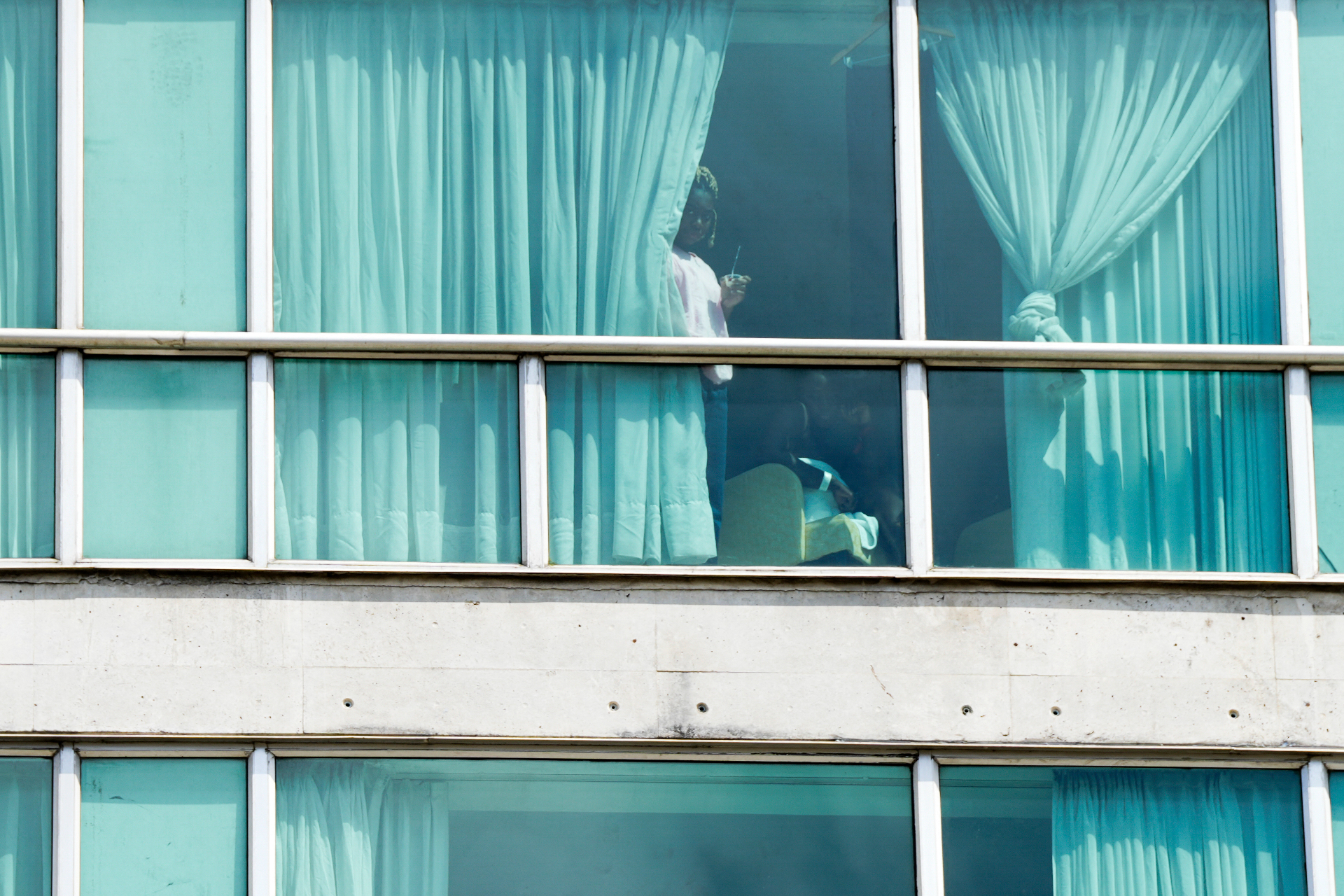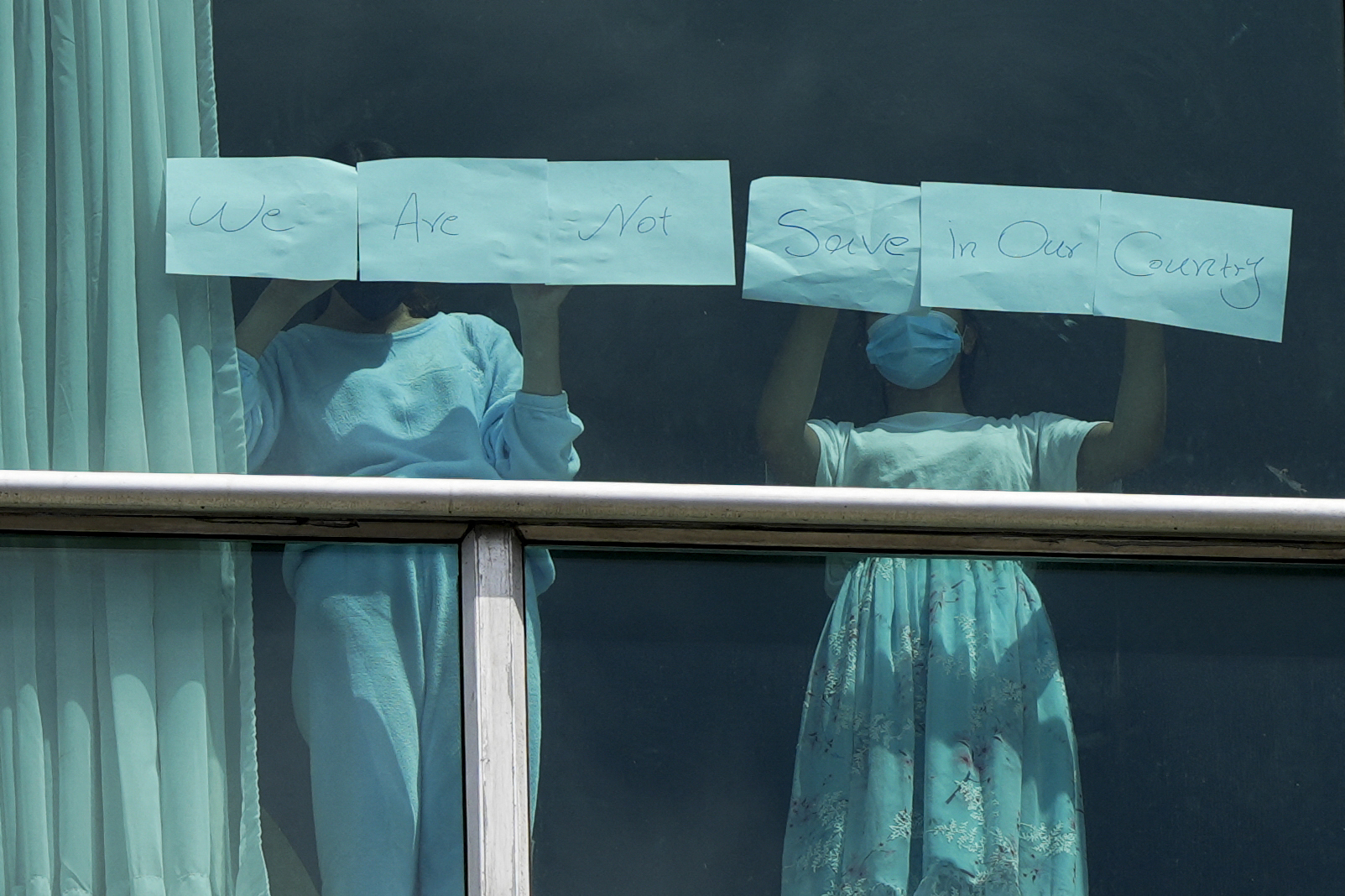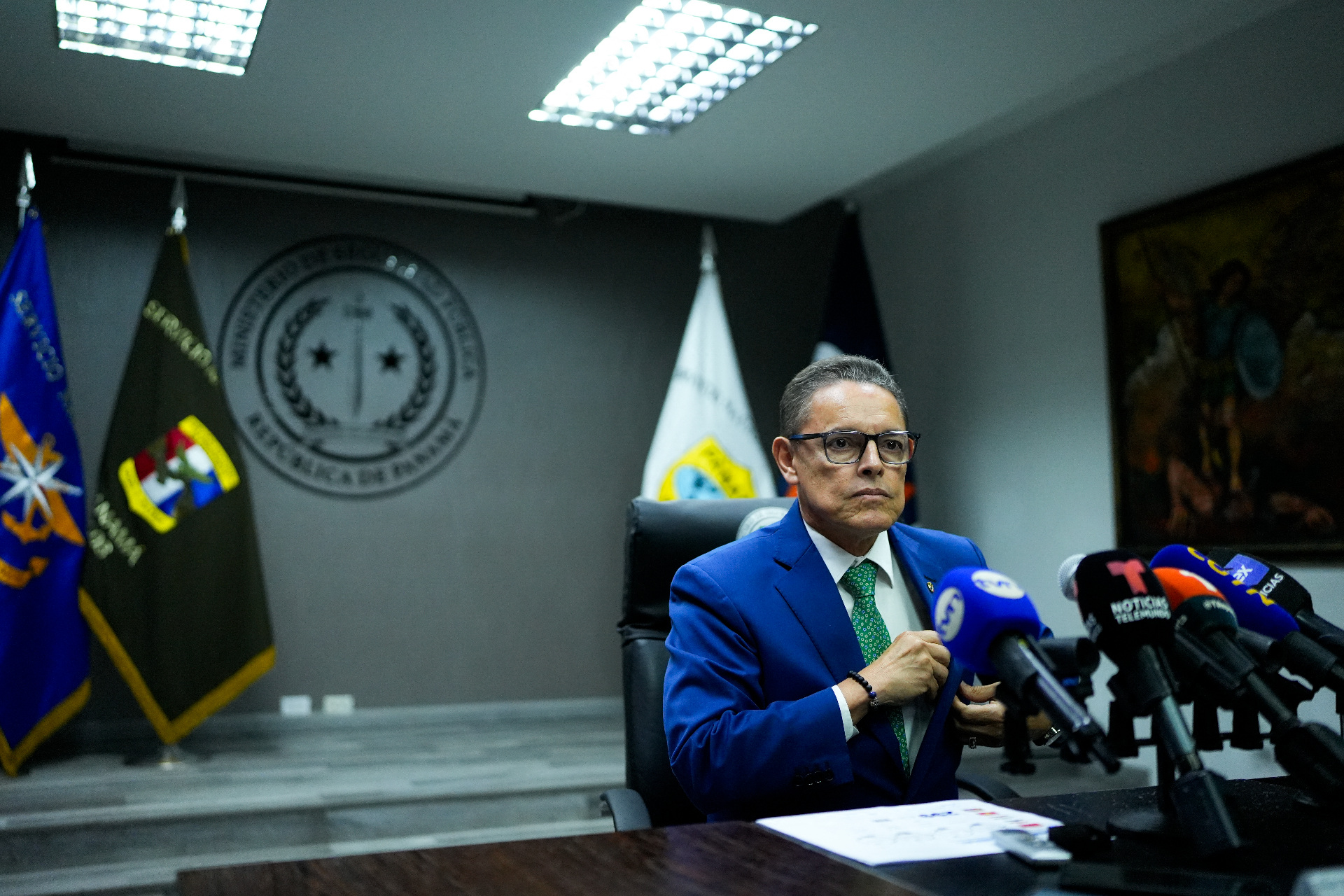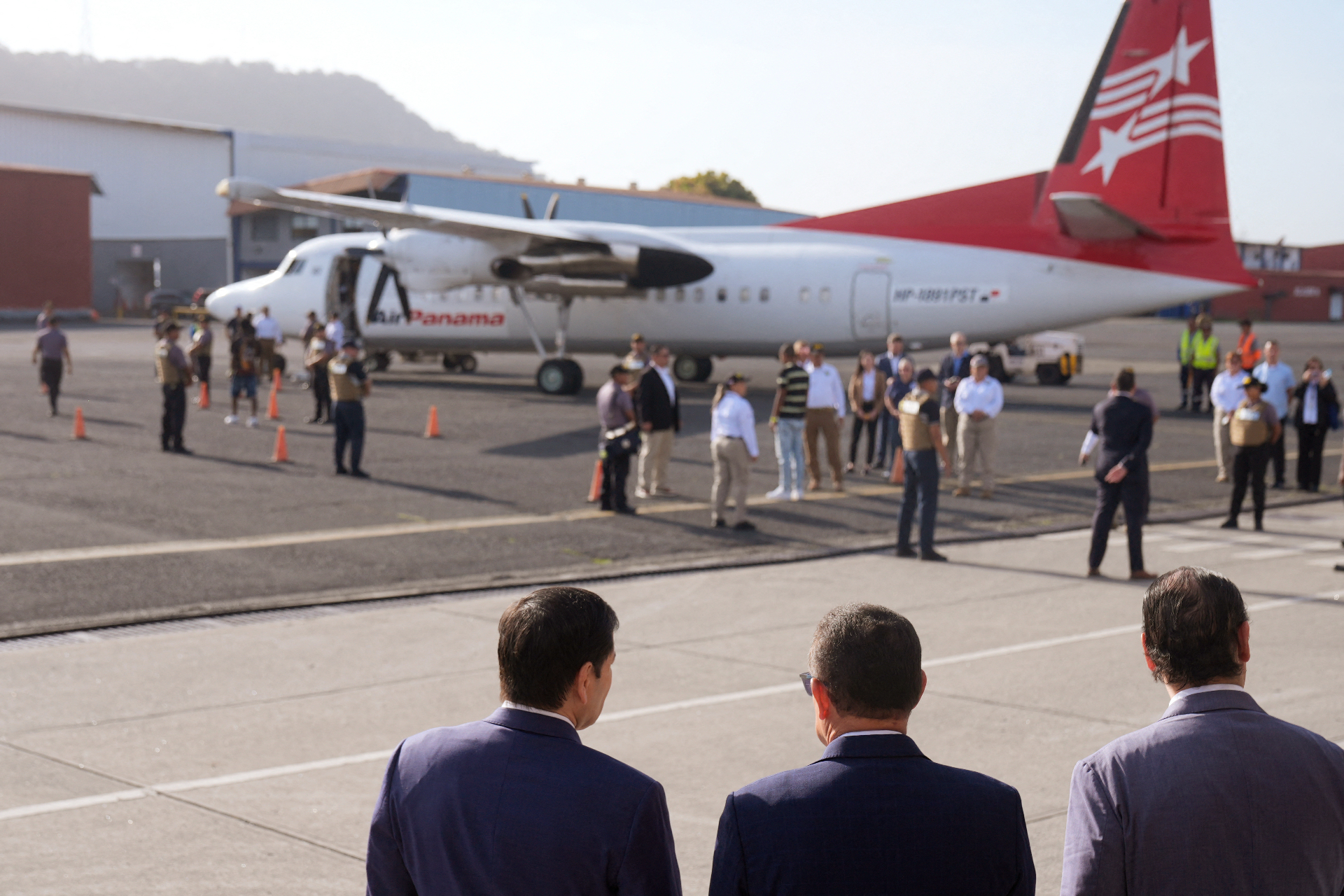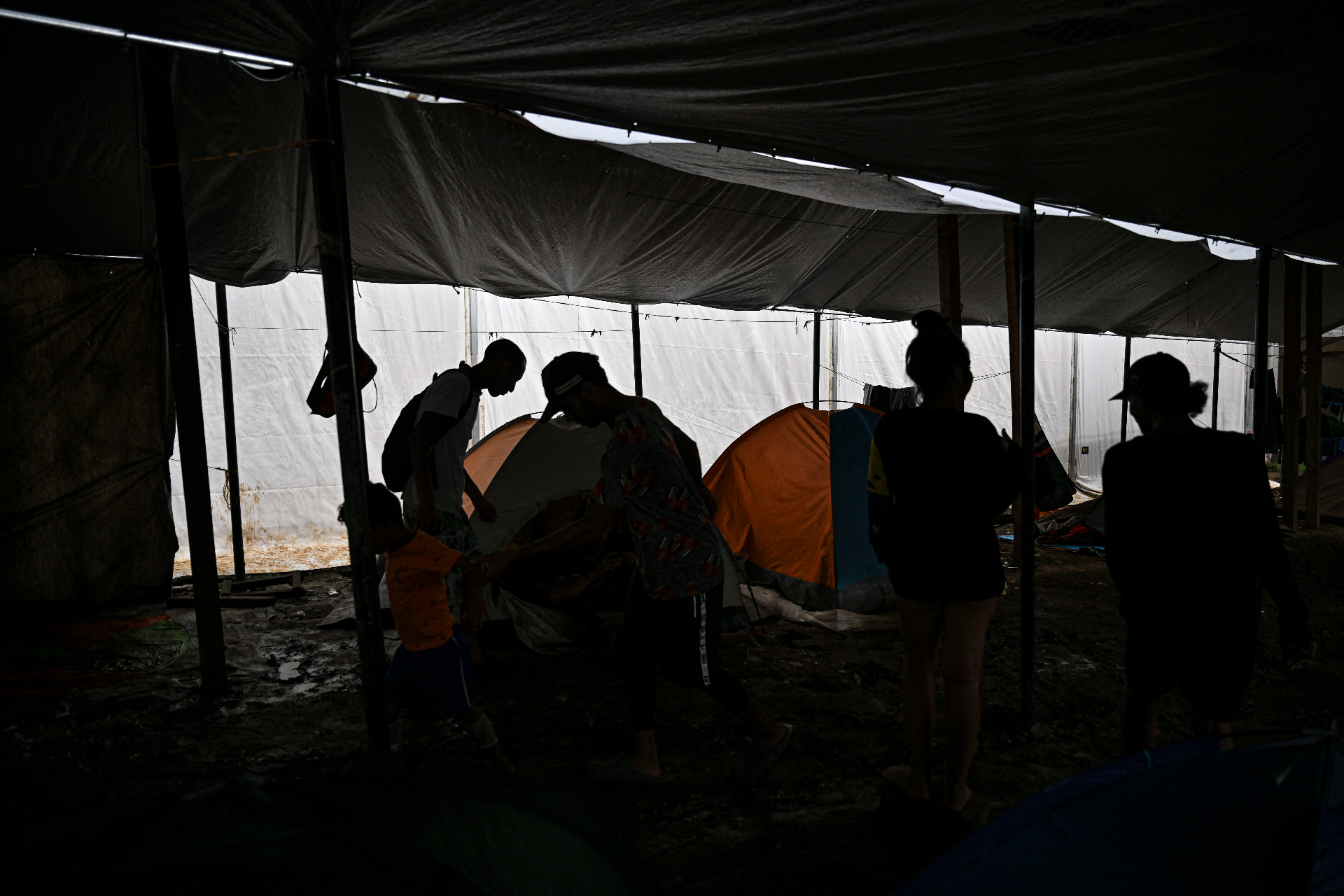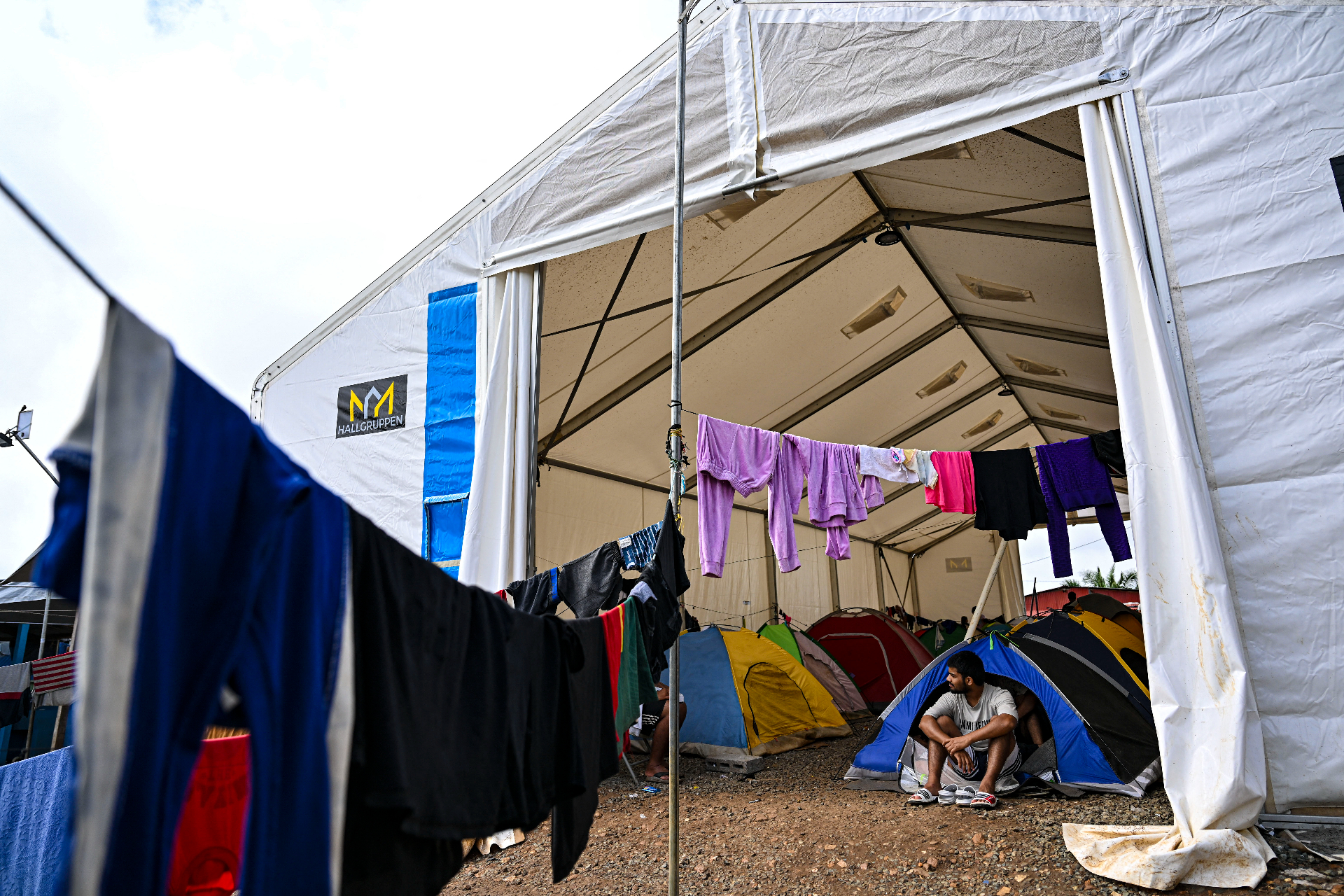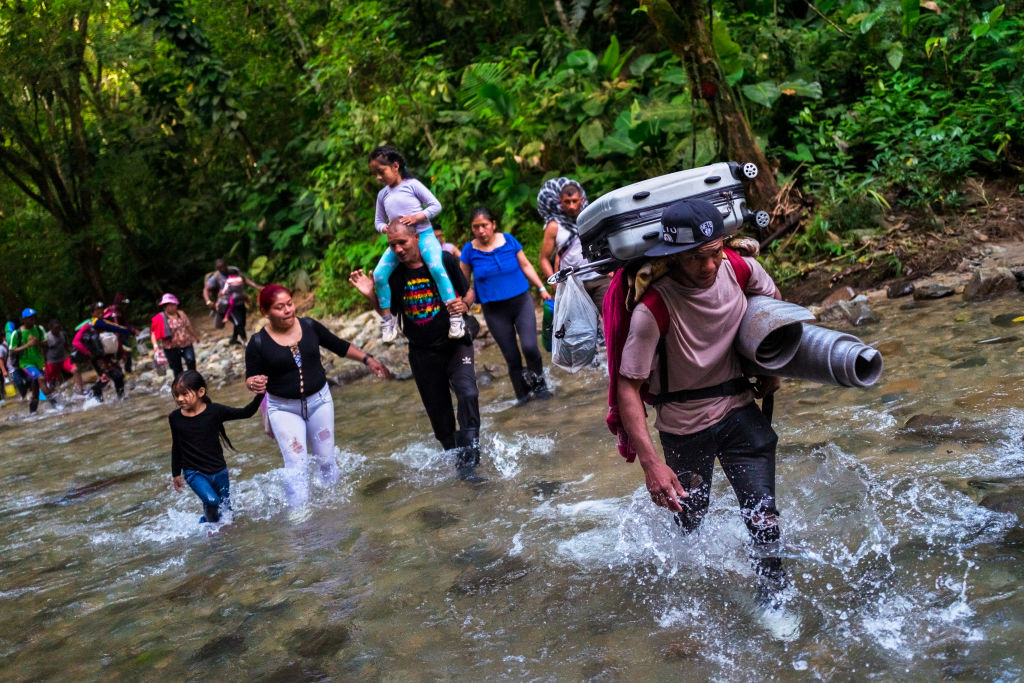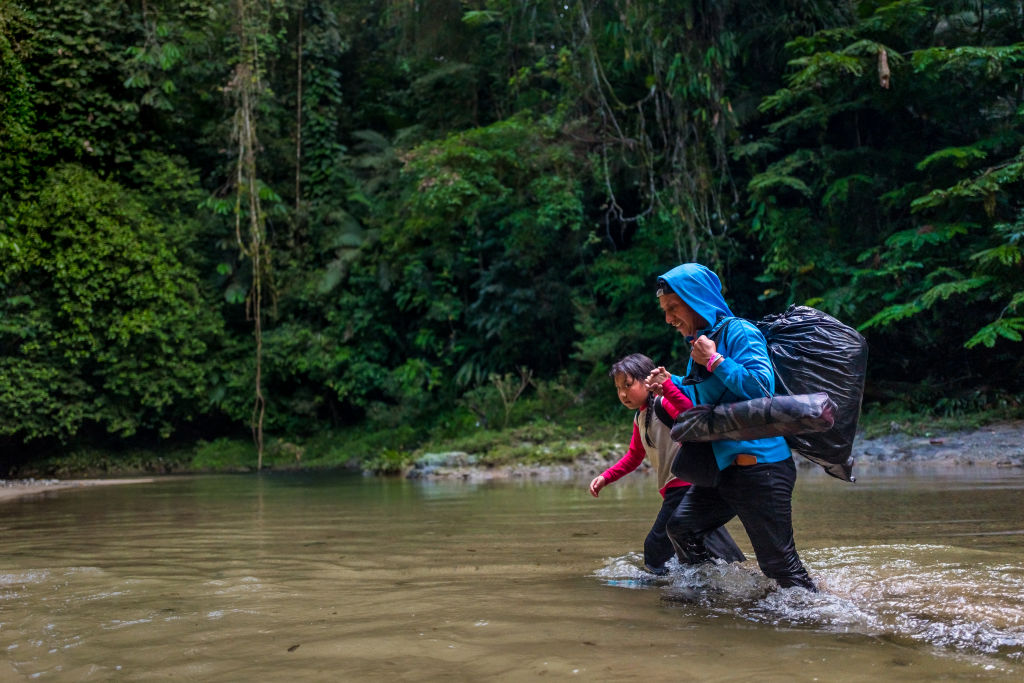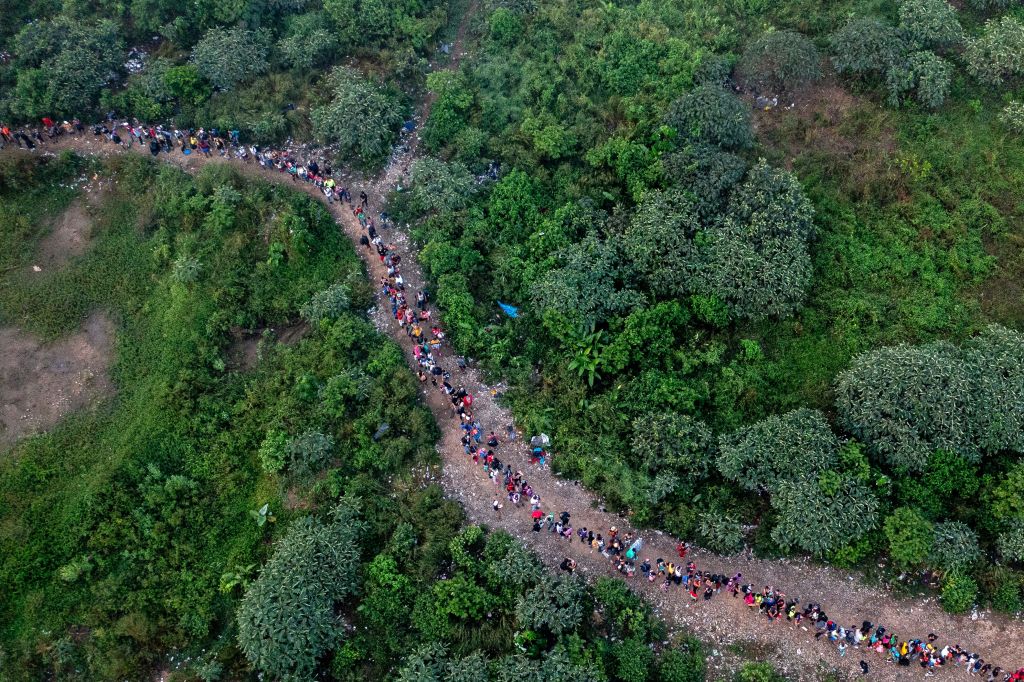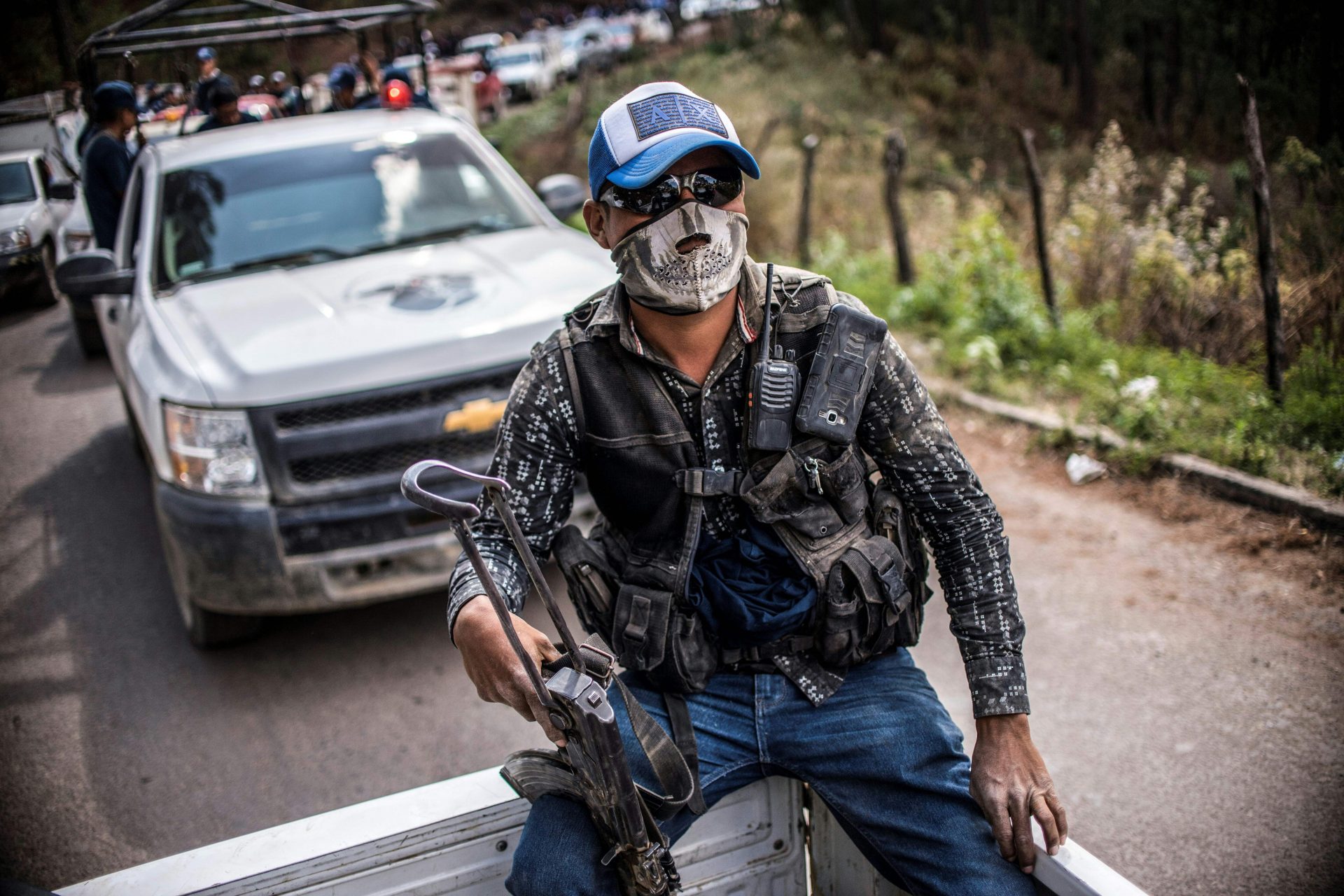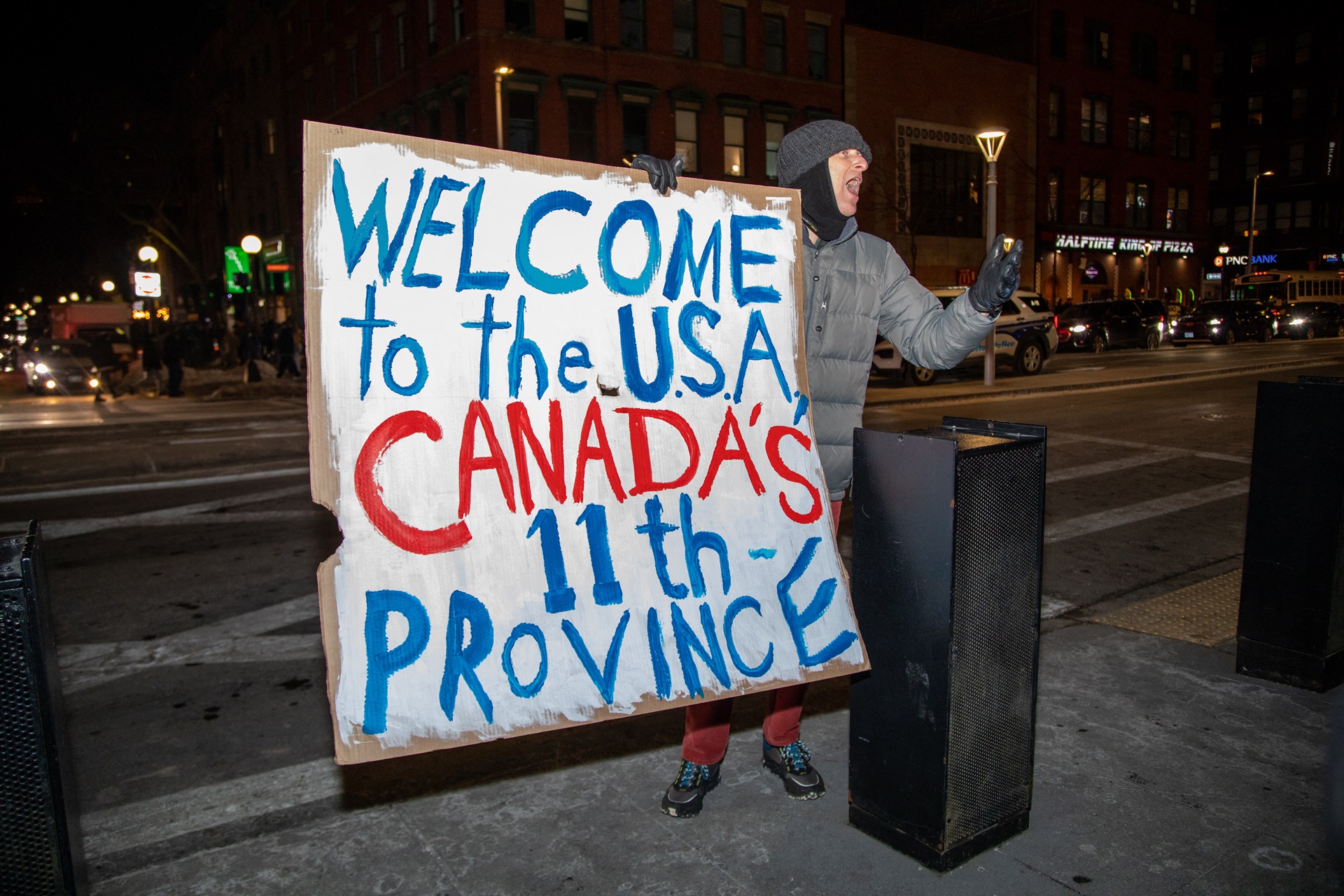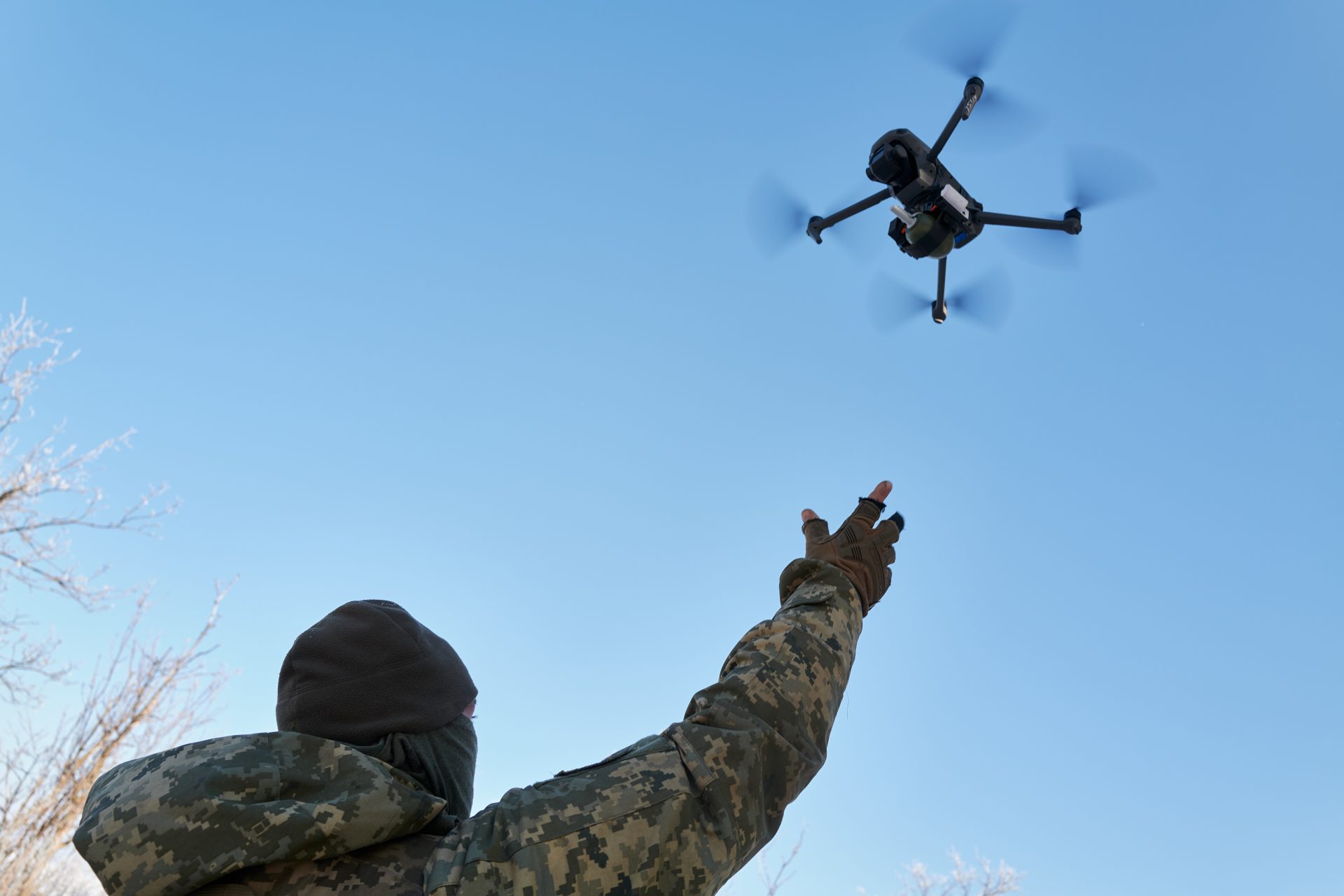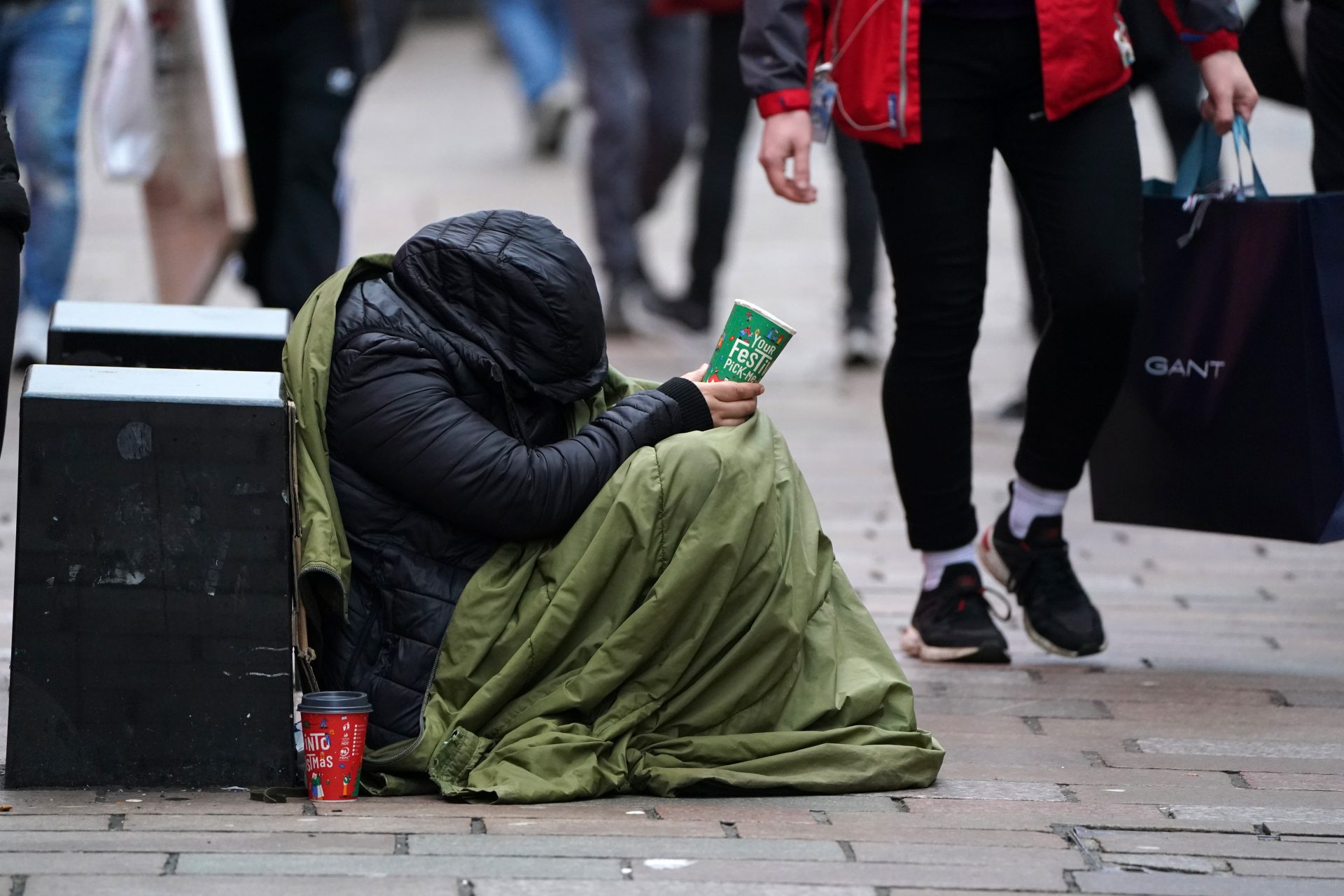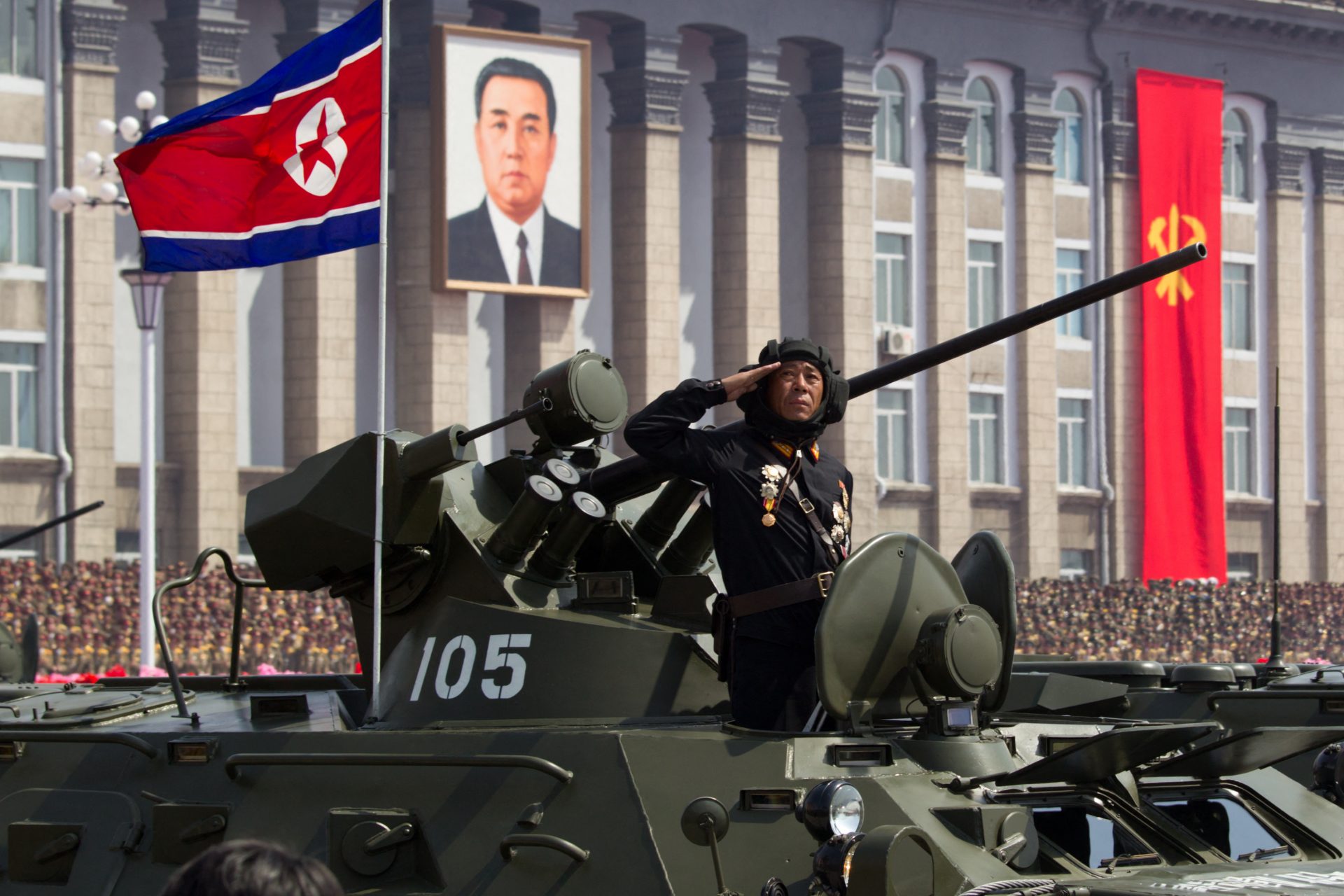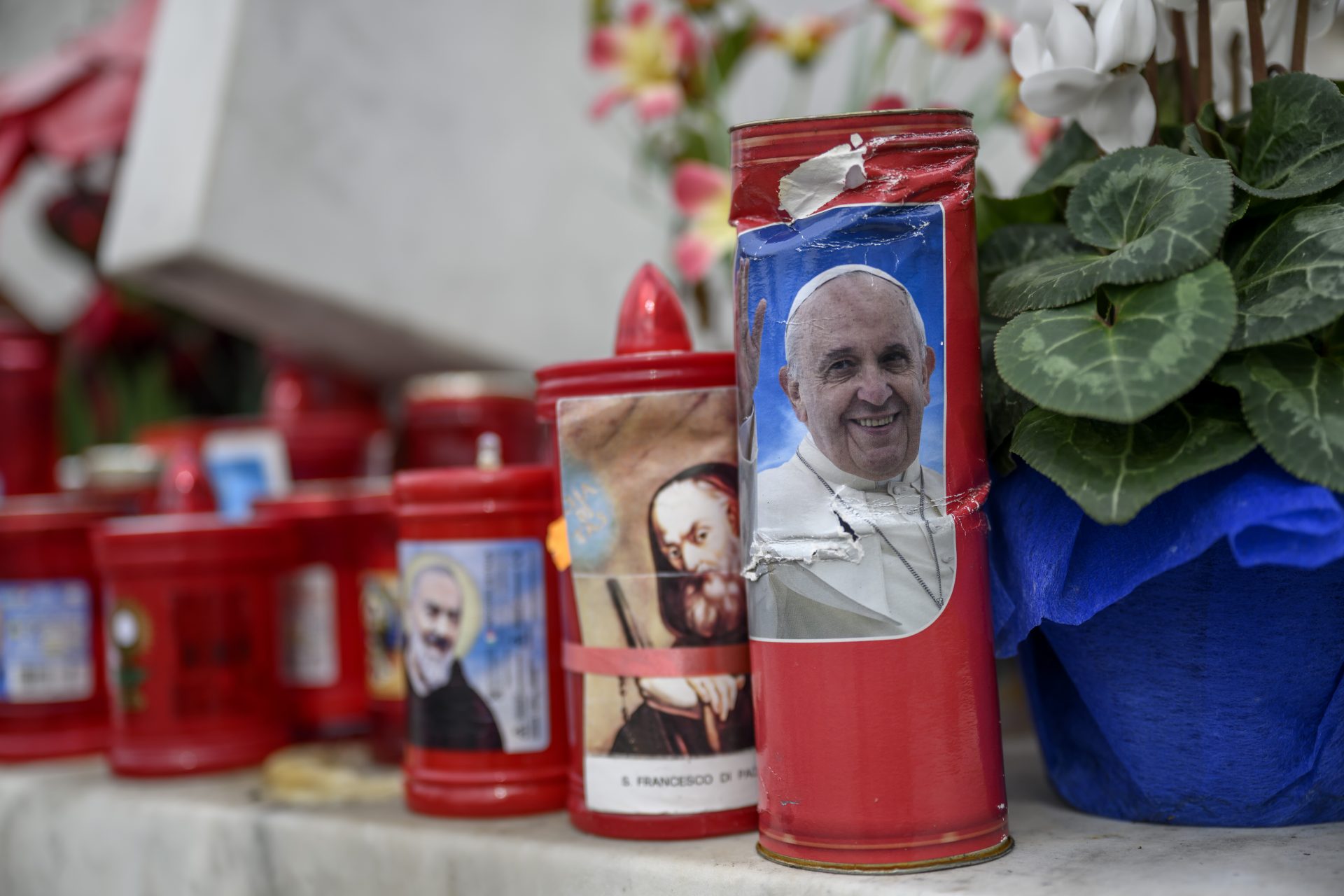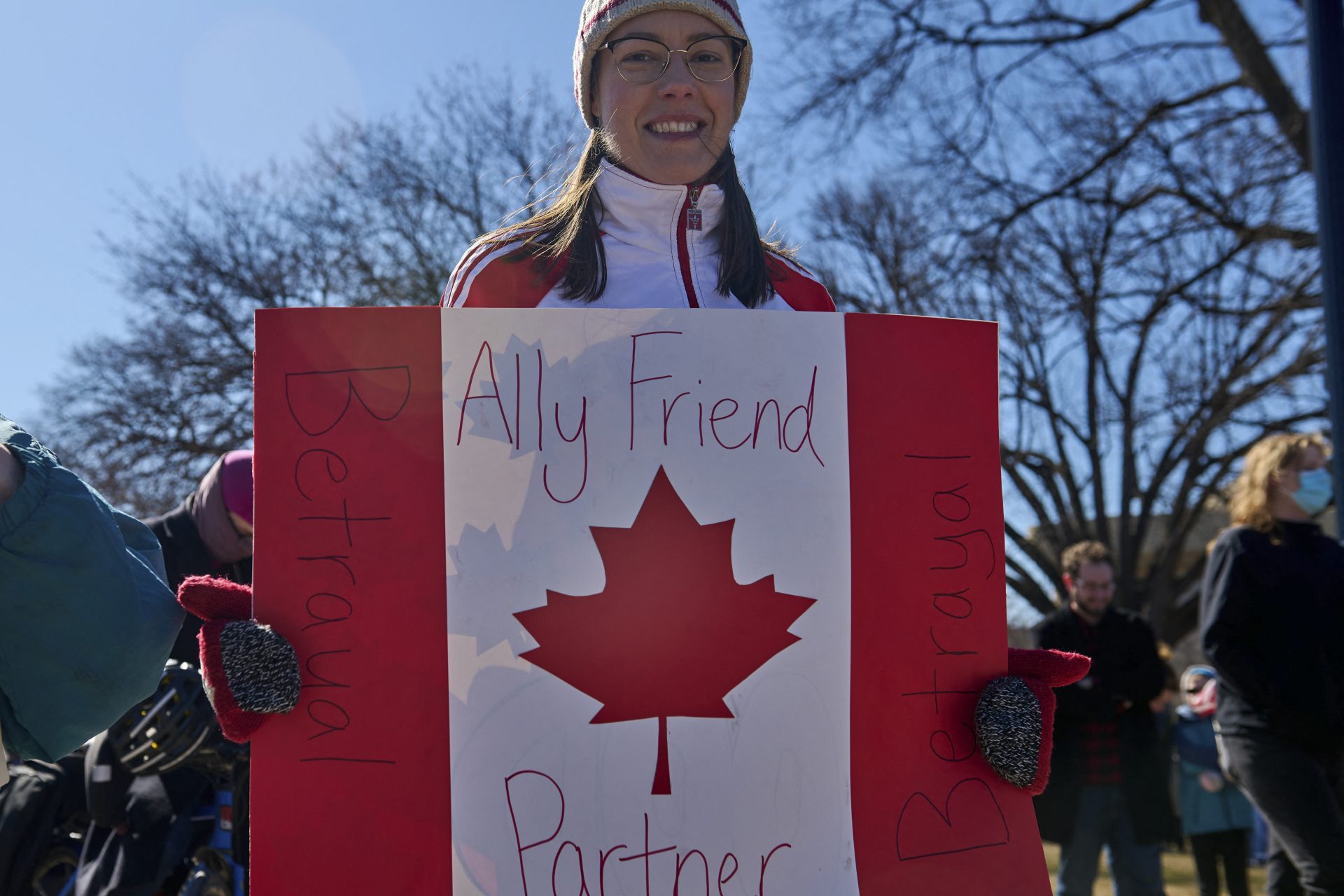Hundreds of US-deported asylum seekers were locked inside a hotel in Panama
Hundreds of asylum seekers stood at the windows of a hotel in Panama City begging for help: they were deported from the US and were not allowed to leave.
The Trump Administration's deportation campaign had hit a bump: what to do with asylum seekers from faraway countries. It found a "creative" solution: leave them in a third country.
That is how approximately 300 immigrants, mainly from Asia and the Middle East, ended up in a hotel in Panama. This country has been under US pressure and threats over the Panama Canal.
According to the New York Times, the immigrants who were seeking asylum in the US were locked inside the hotel, with police guarding every door. Media was not allowed in.
Still, the newspaper managed to speak to some of them, who said authorities had removed their cell phones and passports and had not allowed them to see a lawyer.
The immigrants also told the newspaper that two people had attempted to take their own lives, and a third one broke a leg trying to escape the hotel. Many expressed fear.
The most significant source of that fear the return to their countries of origin. An immigrant told the NY Times he would instead jump from a plane than return to China.
Others, Iranian Christian converts who could face the death penalty or an Afghan woman, described the hazardous situation they would be in if they returned.
Still, according to Reuters, half of the immigrants agreed to return to their home countries. Panamanian Security Minister Frank Abrego said 170 would accept deportation.
The news agency clarified that Panamanian authorities were in charge of holding the immigrants. Still, the operation is under the United Nations' oversight and is paid for by the US.
Panama's deputy foreign minister, Carlos Ruiz-Hernández, said in a press conference, which the NY Times collected, that the immigrants had no criminal records.
He also claimed the operations were "respecting human rights" and that the hotel confinement was temporary as the local authorities prepared a camp to receive the immigrants.
According to the NY Times a third of the deportees have already moved to the camp, where they described terrible conditions before athorities removed the last cell phone they had to contact the media.
The jungle, called the Darien Gap, is one of the most dangerous immigrant routes. Hundreds of thousands have crossed it in the last few years, hoping to reach Central America and move to the US.
Many have died attempting to cross it. Those who manage to do it arrive at the UN-Panama camp. The introduction of the deportees would mark a change in the flow of immigrants.
It could also pose a danger for the deported immigrants, the NY Times said, as health risks like Dengue fever are common in the area.
More for you
Top Stories



